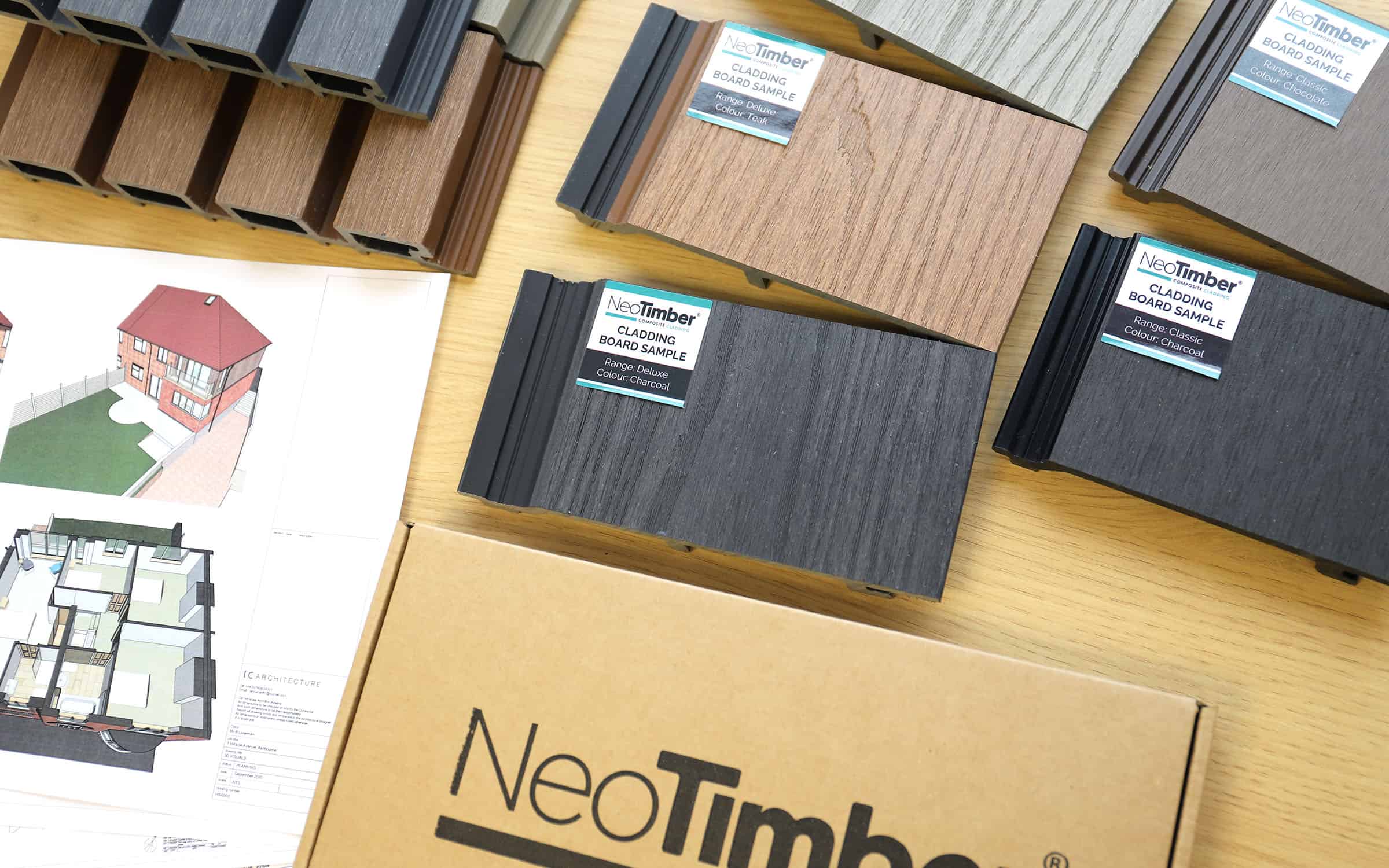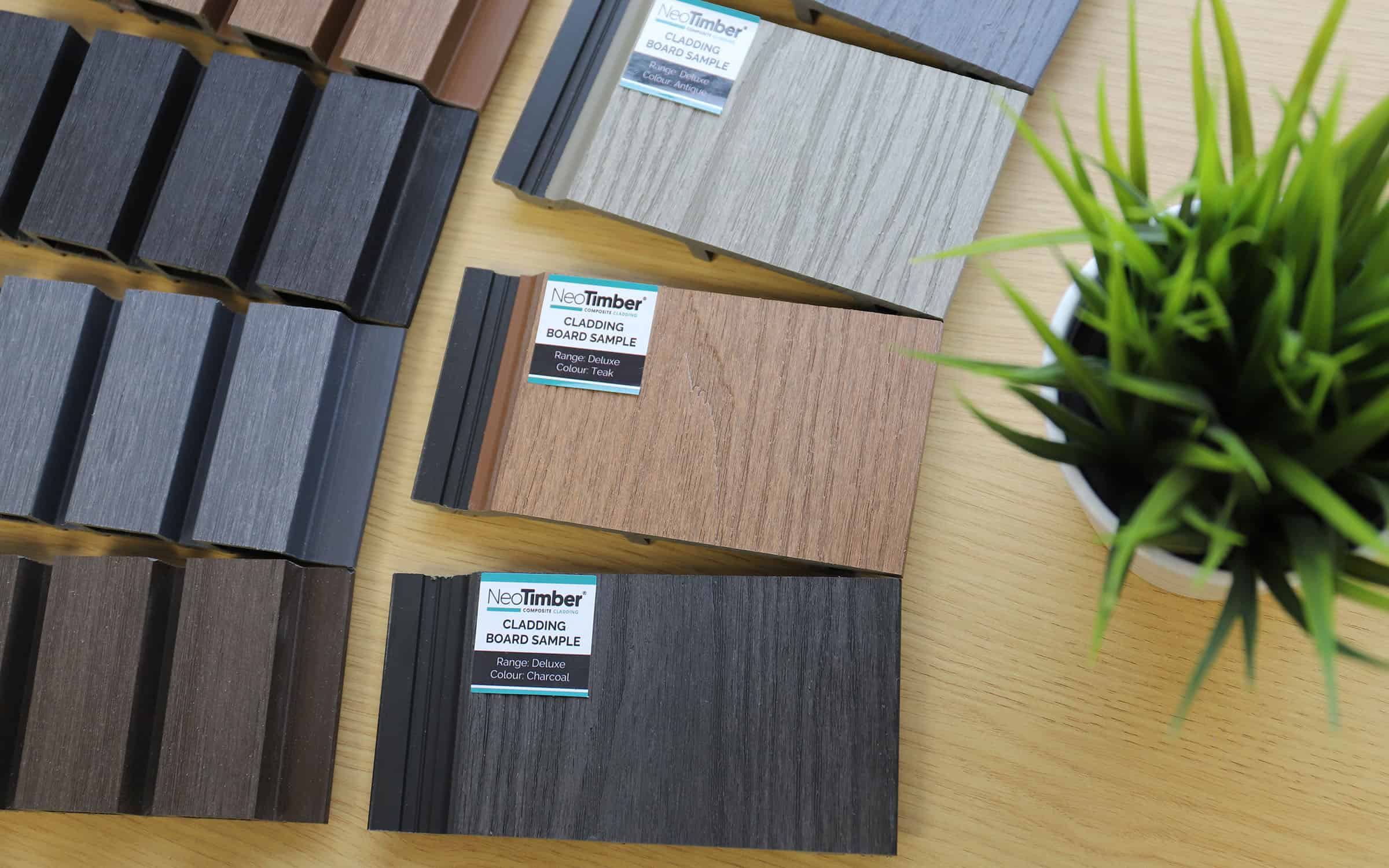Let’s compare NeoTimber® composite cladding with uPVC cladding alternatives.
Cladding your home. It’s an exciting process that promises to revamp and revitalise your property. There’s just one problem – the ongoing debate of whether you should go with uPVC or composite cladding. Following the soaring popularity of double glazing – and uPVC frames by proxy – people began to appreciate the versatility of uPVC as a material. Soon enough, it was used for doors, soffits, fascias, guttering, and even cladding. Unfortunately, popular doesn’t equal perfect. That’s why we’re going to break down the pros and cons of uPVC, and how it compares to our market-leading composite cladding range.
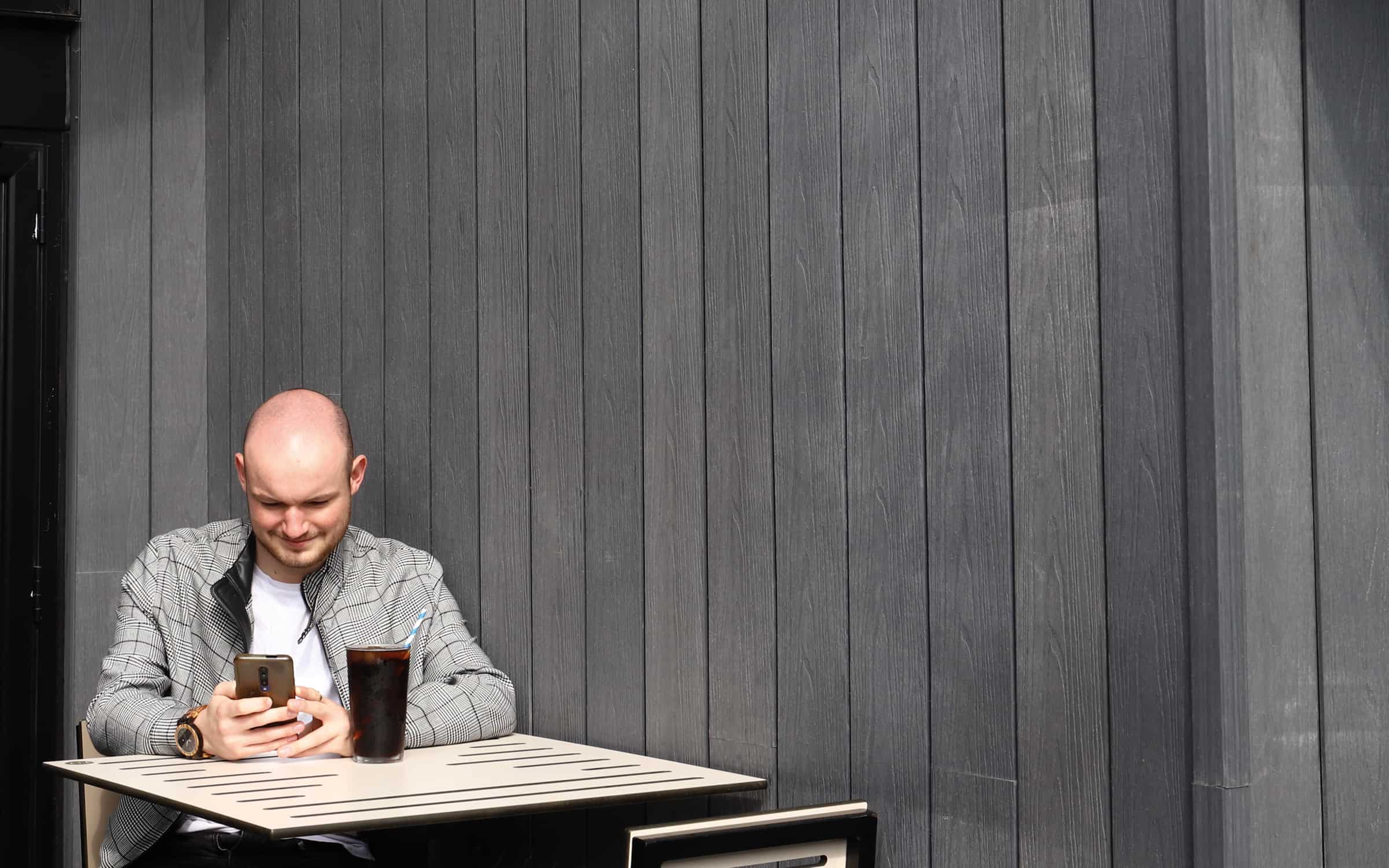
What Exactly Is uPVC Cladding?
Great in small doses, uPVC (or Unplasticised Polyvinyl Chloride) has recently become a go-to choice for many companies and homeowners looking for a non-flexible plastic alternative. One application that’s especially popular is cladding. Where uPVC began as a material used primarily alongside steel in window frames, it now finds itself being shaped into larger surfaces areas that don’t exactly mesh well with its rigid composition.
As a result, many uPVC cladding sheets are very brittle, meaning that homeowners certainly face risk when choosing it for the exterior of their home. Partnered with its hollow moulding, uPVC is prone to fading, discolouration, and yellowing. All in all, it’s a plastic alternative that looks and feels exactly like plastic. Known for cracking, splitting, and snapping, uPVC might work for the short term, but will eventually give out under too much pressure. The good news is that it’s not the only choice, and a better one might not set you back as much as you may think. We’re of course talking about composite cladding – an alternative that combines the strength of timber with the flexibility of plastic to give you the ultimate cladding solution.
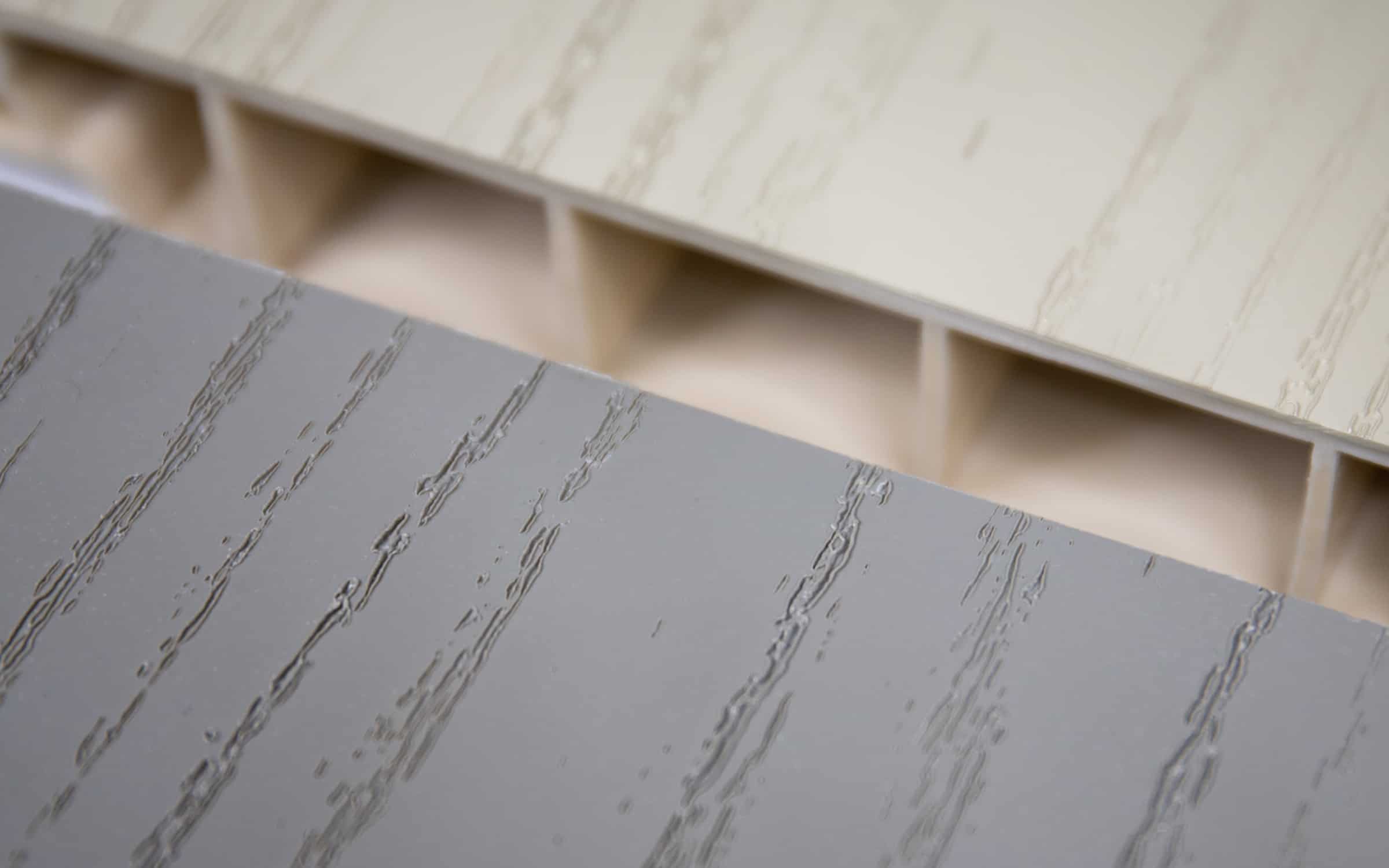
Colour Fade & Consistency
We’ve all seen what happens when uPVC frames get old. Out of nowhere, colours start to fade and white turns to yellow. So you can only imagine what would happen to the darker colours that, quite frankly, have become all the rage in recent years. Though uPVC might sound appealing, you’ve got no gauge to figure out how long it’s going to look appealing for.
Compare this to NeoTimber’s composite cladding. You see, we understand how frustrating it is to clad your house with something beautiful, only for it to weather and fade away far sooner than it should. So, we designed two different ranges to completely circumvent this issue. First, we have our traditional composite cladding. Though it does fade, this process plateaus after a couple months and leaves you with a lasting finish. Our capped cladding, however, takes full advantage of its WPC makeup to maintain its colour from day one. Whichever option you choose, NeoTimber® guarantees lasting colour without demanding an intense maintenance routine.
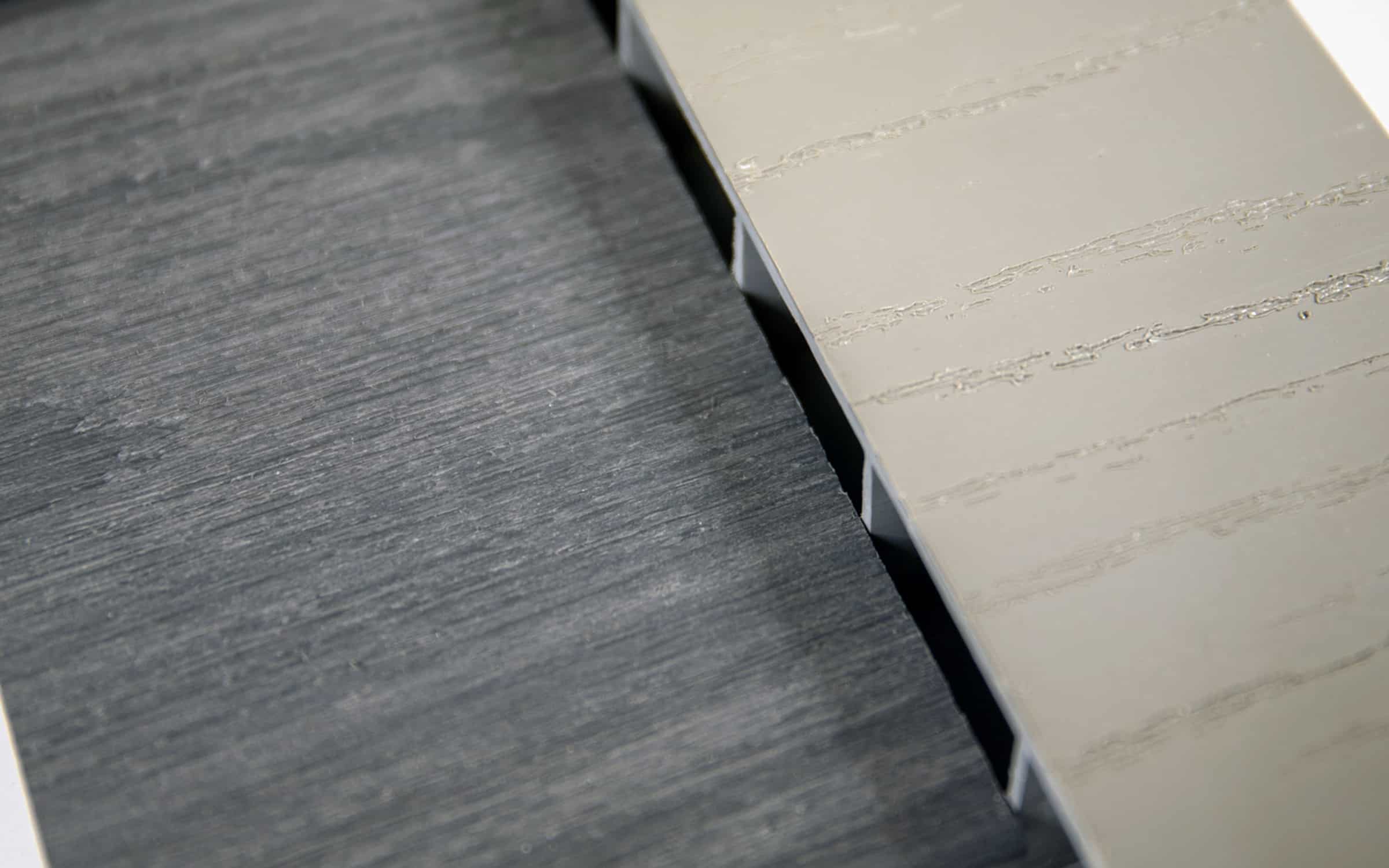
Texture & Feel
Another huge problem with uPVC cladding is that, up close, the material can look quite cheap. The smooth finish of these plastic boards gives an almost unnatural sheen to them, warping the overall look of your home’s exterior. Though attempts have been made to create a woodgrain pattern that can be translated onto uPVC, it’s simply impossible for such a rigid and brittle material to replicate the authentic look. No matter how you spin it, uPVC is plastic, and it will always tend to look plastic.
NeoTimber’s cladding, however, doesn’t suffer from this issue at all. Thanks to the unique makeup of our composite cladding boards, each panel is able to mimic the effect of wood while upholding the strength and flexibility of recycled plastic. We partnered traditional timber with plastic because we wanted to be able to create an effect that homeowners would love, and we’re glad to have mastered the technique of 3D embossing. Whether the simple, textured finish of our Classic boards appeals to you, or you’re eager to give the sophisticated Deluxe and Slatted boards a go, our extensive range certainly has something for you.
Fire Rating Qualities
No matter the application, when cladding your building, fire safety is a crucial element that must be considered. Unfortunately, most plastic cladding has a fire rating of D, which means it is combustible and can actively contribute to the growth of a blaze. What’s more, plastic cladding will melt and warp under the extreme heat of a fire. When burning, plastic cladding also releases dangerous chemicals into the atmosphere. All in all, it’s a disaster waiting to happen.
In comparison, composite cladding once again comes out on top. Despite being partially made from recycled plastic fibres, NeoTimber® composite cladding has a fire rating of C. This rating means that our material has a very limited contribution to a developing fire. Additionally, our cladding also has a smoke emission rating of S1, which refers to the extremely low amount of smoke that our boards release should they catch fire. While our cladding is still not appropriate for a high-rise building, the diligent safety testing we’ve carried out on the material proves it to be an ideal product for a low-rise home.
Quality Composite Cladding At An Affordable Price
From the moment we decided we wanted to transition into the composite scene, NeoTimber® has poured an immeasurable amount of development and research into our products. In doing so, we’ve created a level of industry-leading quality that has earned us a fantastic reputation. As one of the greats, we’ve been able to partner with some of the UK’s most reputable landscapers and builders, each recommending us for anyone’s composite needs. Partnered with our unbeatable commercial and residential warranty and excellent track record, we can proudly provide you with exactly what you need. This is how we differentiate ourselves – our products have a level of heart to them that no uPVC alternative can match.
At NeoTimber®, we genuinely believe that we’ve created a composite solution that ticks all the boxes. Order your free sample pack today and see for yourself the NeoTimber® difference. For more information, speak to our experts at 01509 323 170, or email us at enquires@neotimber.com.
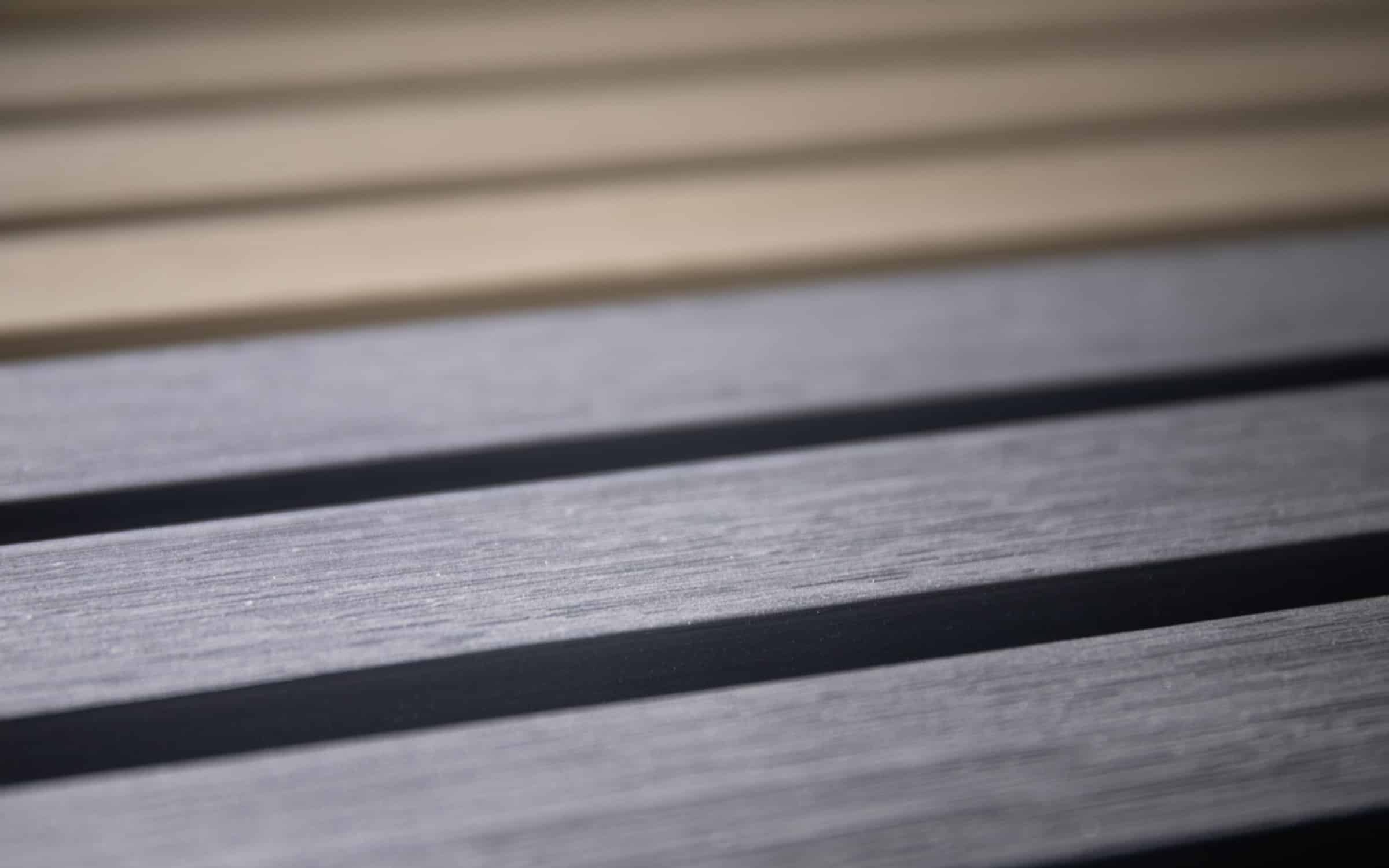
Need Further Support or Advice?
If you’ve still got questions that have not been answered here, or you would like additional advice,
support or assistance then please give one of our friendly experts a call and we’ll be happy to help.
Just give us a call on 01530 382 180.

